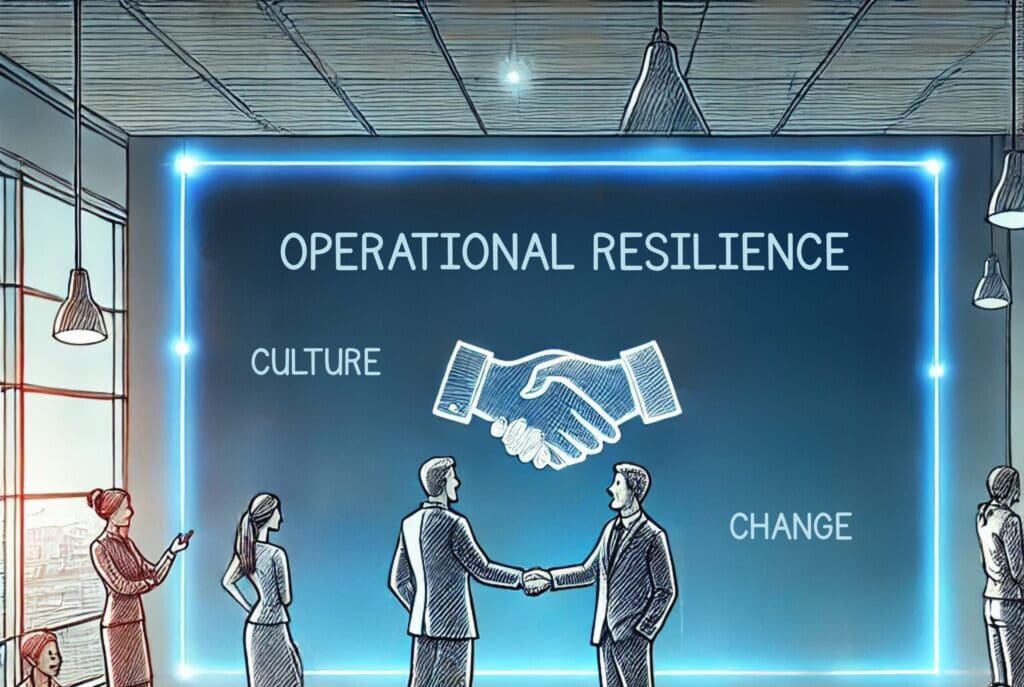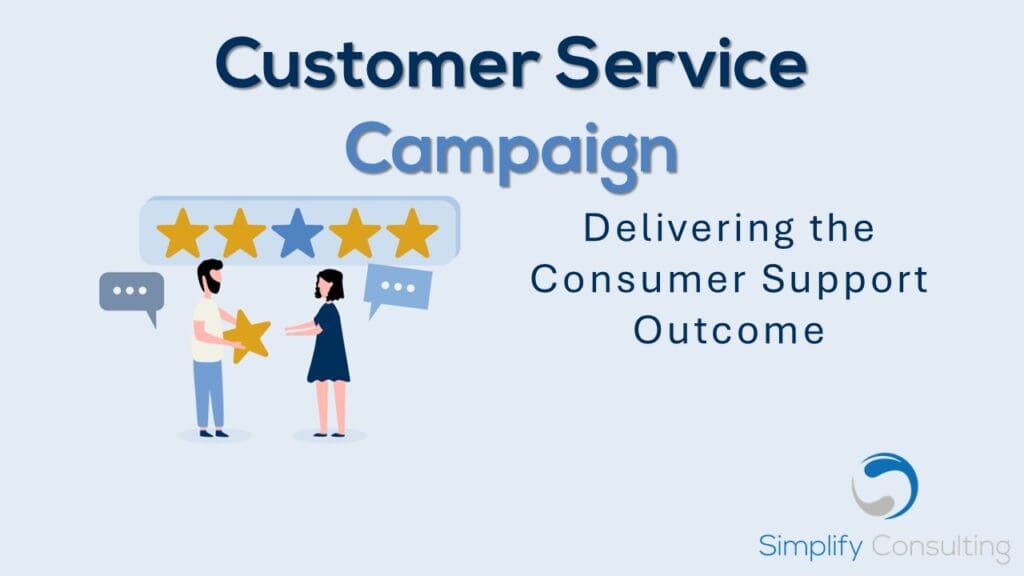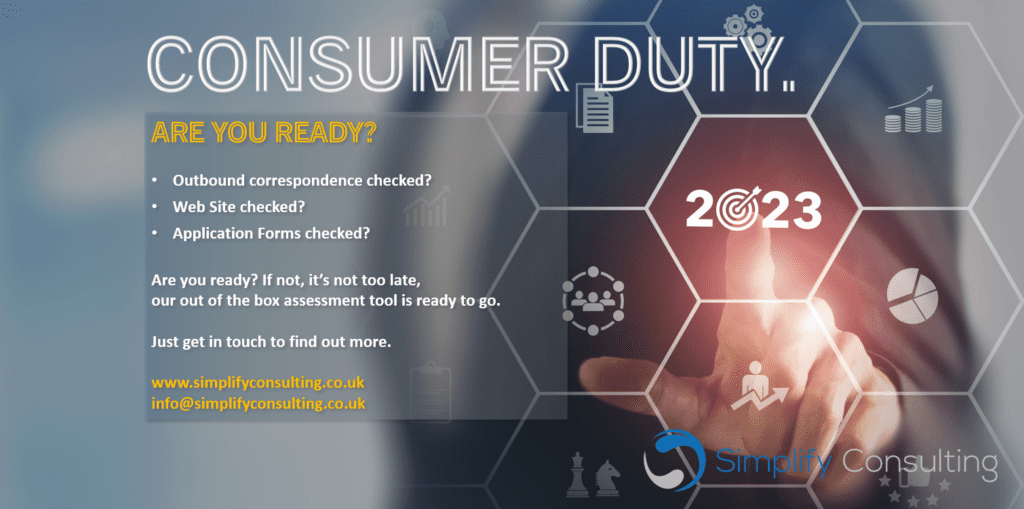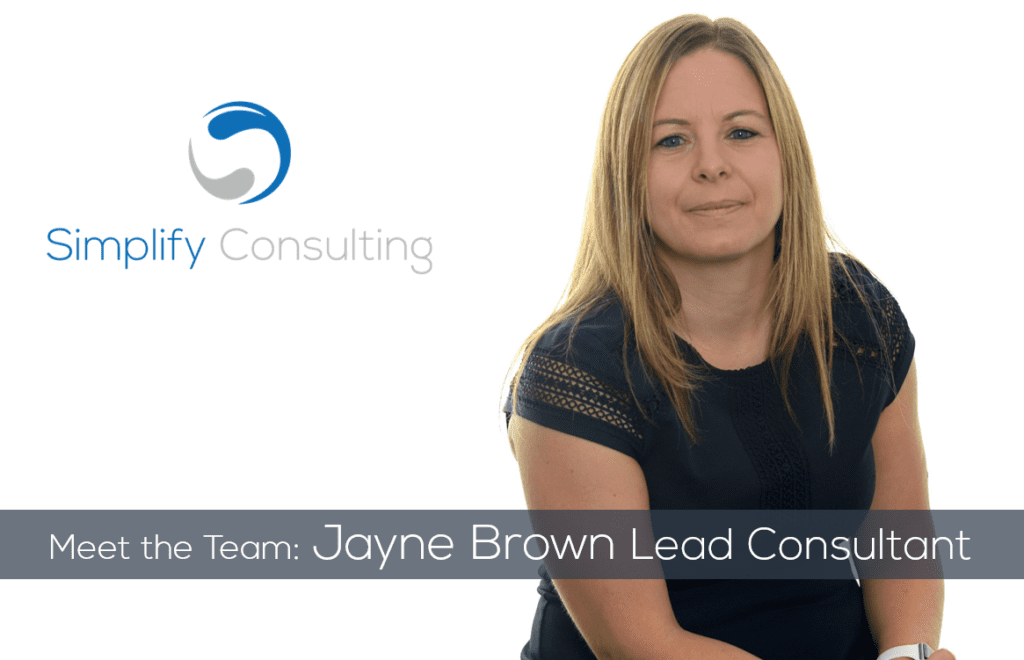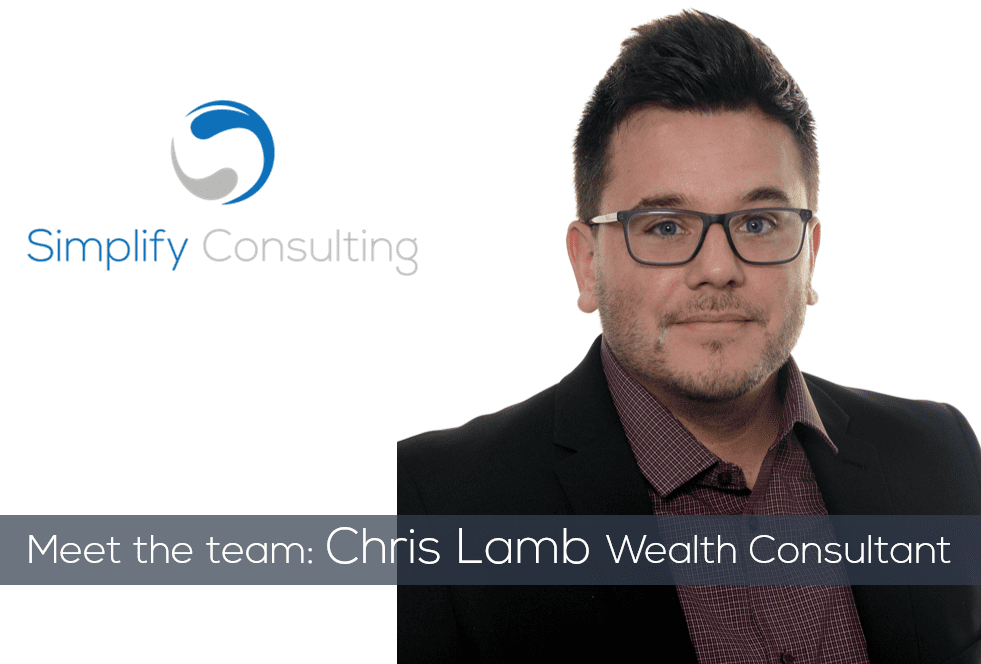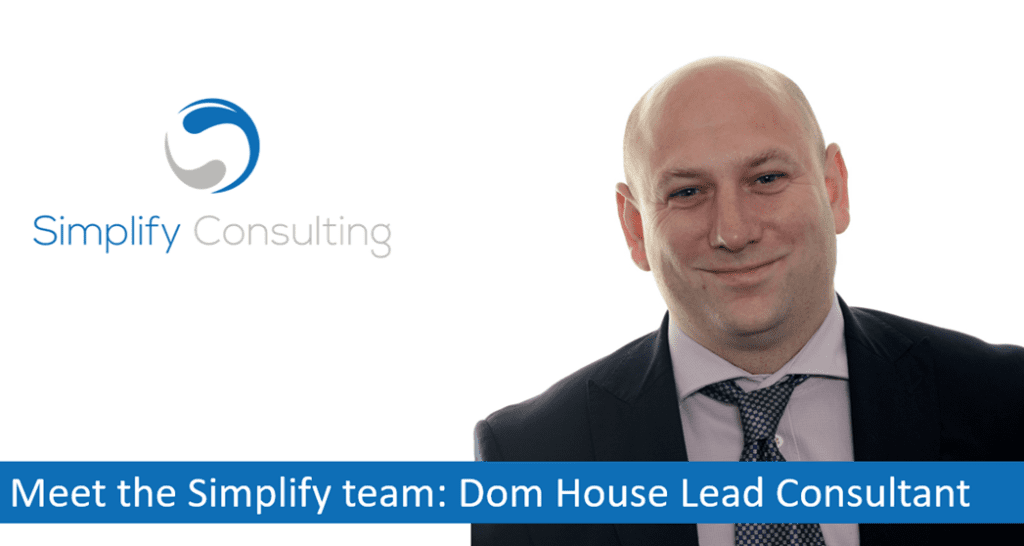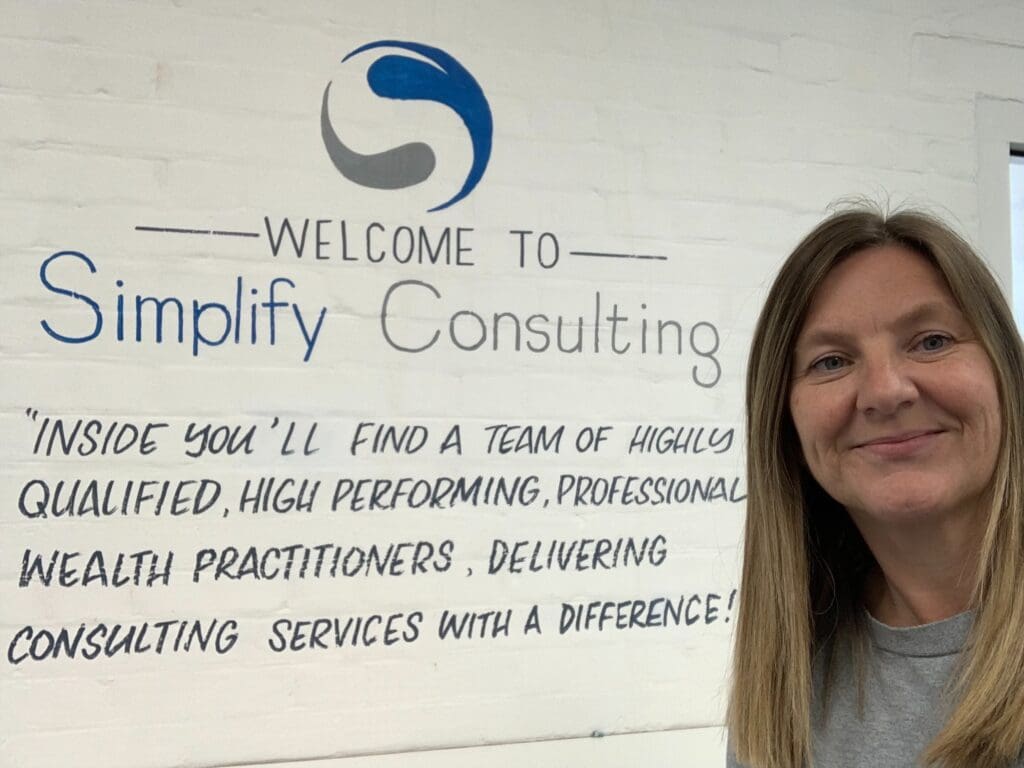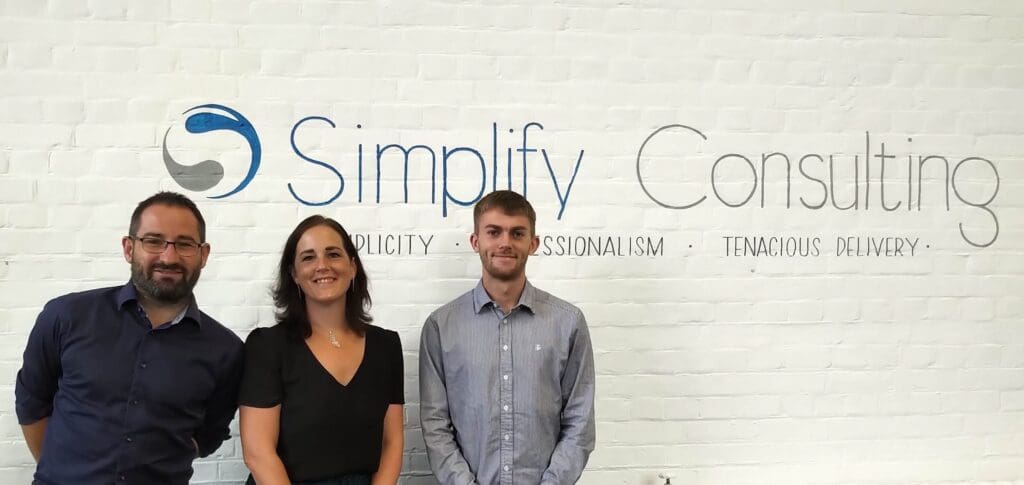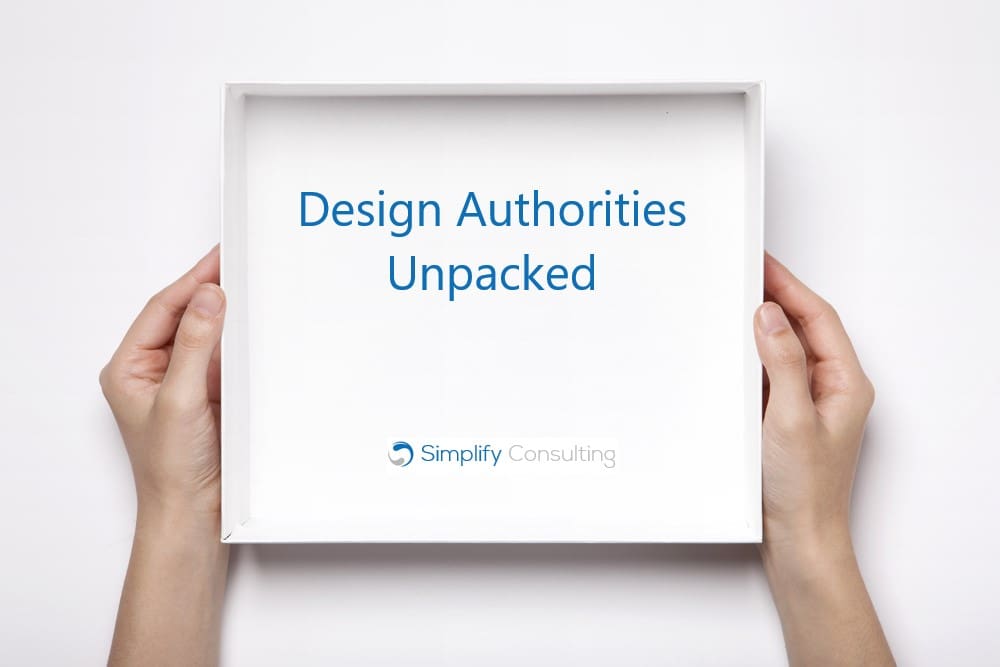It’s no secret that much of the Wealth Management industry is still reliant on Legacy Tech. High cost of ownership, declining books and low margins are both a cause and symptom of this long tail of legacy. The lack of flexibility of these systems have resulted in considerable challenges to keep up with both regulator and customer demands. Many of the larger technology providers have delivered, or are in the process of delivering new technology solutions that benefit from Open Architecture, including modular services, which are often highly configurable. We are now seeing delivery of AI into these technologies. With so much out there, why do we still see the amount of legacy tech throughout the industry? It may seem obvious that consolidation through migration to modern platforms is the obvious answer. However, platform migrations are notoriously costly, high risk and prone to delay and stretch transformation budgets and roadmaps in challenging market conditions.
Looking to the future
In October, at our Wealth Ops Live Event, David Simpson (Head of EMEA at GBST) talked about how Wealth firms are using new technologies to evolve their IT estate rather than try and dismantle everything and start again. Re-architecture is required to embrace the new technologies with a common data set and David translated this to likening re-architecture to the iPhone use of Apps via the App Store.
“But what we are really talking about is breaking down these old big legacy solutions, rewiring and re architecting that ecosystem in a more effective way to be able to put together the pieces you really need rather than the pieces that you don’t. And then you can replace conceptually the pieces that aren’t working so well with something more efficient and continue to iterate your operating model.” David Simpson GSBT
The ability for a single firm to create integrated solutions certainly exists now, even if many have not chosen to go down that path yet. Moving forward, the expectations from the customer are for seamless end to end journeys. This inevitably requires inter-operability not just within wealth management firms, but also between them. At Wealth Ops Live, Steve Roberts (Change and Transformation Director at Diligenta) talked about the need for seamless and integrated journeys.
“It’s all about the interoperability and getting the right solutions that work to give you the customer outcome be that direct or advised.” Steve Roberts TCS
So how can firms manage this evolution without the dreaded multi-year migration project that ends up costing double (or triple) the initial budget? It feels like a number of firms are still kicking the can down the road by tinkering at the edges and putting sticking plasters over problems that need wider attention. It’s true that the type of change required for many will take some longer term thinking, but that no reason why they can’t start extracting benefits in the nearer term. Ultimately the types of technology we’re talking about here should allow for incremental change. Taking advantage of modular technologies that can be configured rather than built as bespoke should mean that firms don’t always need to go for an all or nothing migration. An iterative and incremental approach is often the best method of achieving the desired end state and is key to sustainable solutions.
Looking at the short term
With strategic transformation being the long game, there are options and actions that can be taken now:
- Providers challenges are not unique and sharing issues and working with tech providers to identify solutions
- Driving efficiencies in processes and compliance through use of APIs, AI, automation and robotics. Freeing up valuable resources can allow a refocus on efforts on parts of the customer journey requiring human skills including empathy
- Understanding processes, customer journeys and control environment through mapping to identify optimisation opportunities. These will range from tactical to strategic solutions but with many providers still unaware of their process failings, is an essential interim step
- Stopping customising solutions will contain further exacerbating the legacy problem and capitalise on implementation on iterative enhancements
There is no silver bullet to turning around legacy tech challenges. Doing nothing is not an option given increasing customer expectations and caution should be taken not to make the situation worse.
“Lots of people have been doing nothing for years, but it really is no longer tenable because the rate of demand in this space and the rate of pace in which it’s moving is phenomenal and people will have to take that step or just won’t be in the game.” David Simpson GBST
Get in touch with us to see how we can help address your Legacy Tech issues at [email protected].

Emma Norris
Head of Portfolio










